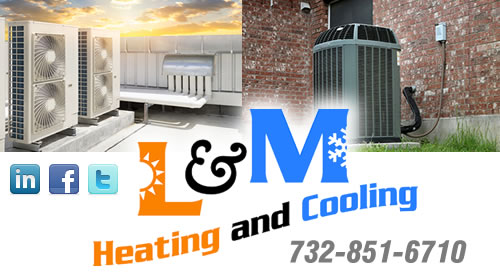Modern technology has taken a turn towards more sustainable ways to power the conveniences that we’ve all become accustomed to over the past few decades. Solar power is definitely one of the top contenders, but did you know there’s an air conditioner in the works that’s powered by outer space? A team of inventors and scientists from Stanford University have begun to develop a device that has the ability to cool buildings as it generates electricity. Talk about high tech!
Massively Reduce the Carbon Footprint
If this outer space AC prototype does indeed become a real purchasable device, it could help massively reduce the carbon footprint of the US. Commercial air conditioners play a major role in carbon emissions so the demand for more sustainable ways to cool on a large scale has never been higher. As climate change slowly heats up our planet, the need for AC units increases, trapping us between a rock and a really hot hard place. If we don’t make some dramatic changes soon, we’re going to be in big trouble.
Harnessing the Power of the Sun…and Space
This super cool device that could save us all, in theory, collects heat from the sun and cold from space simultaneously and uses them in tandem creating an effect called radiative cooling. Using the already utilized element of solar technology mixed with sci-fi space cooling, these Stanford researchers came up with a device fit to blow the minds of even the most hardcore space nerds.
Air Conditioner of the Future
Using radiative cooling could completely change the way we use air conditioning in not only homes but large buildings across the world. Although this piece of technology is years away from public consumption, it gives us hope that one day we’ll be able to help save our planet while still enjoying the type of comfort we’re used to, without any guilt. Here’s to the air conditioner of the future from outer space!

